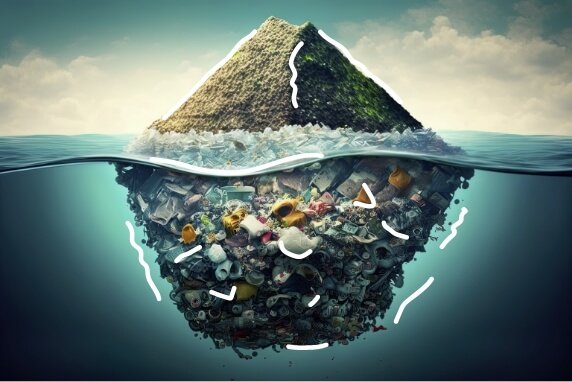
PLASTIC REDUCES WASTE!
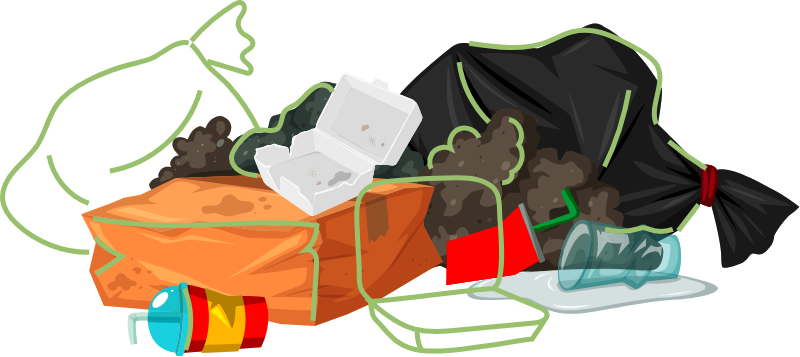
PLASTIC –
THE SECRET
ENVIRONMENTAL
HERO!
Did you know that plastic packaging only makes up 17% of the total packaging waste, although it contains and protects 65% of all products? This shows that plastic packaging is the secret environmental hero when it comes to avoiding waste.
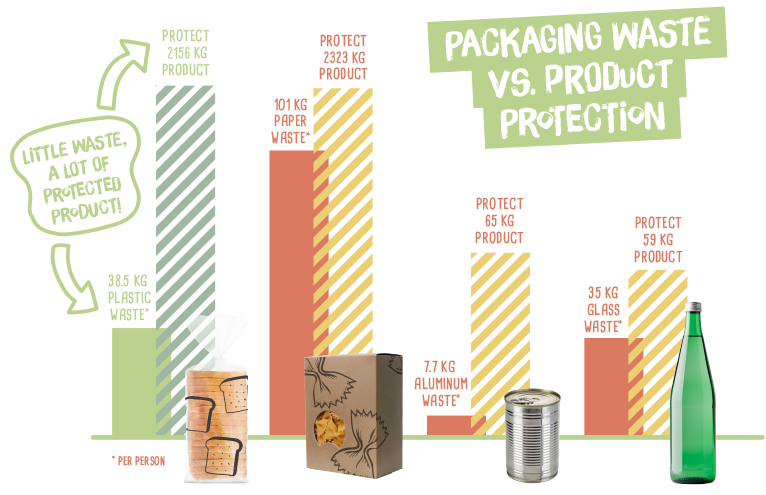
LESS
PLASTIC
INCREASES
WASTE!
Products made of glass, paper or metal are considerably heavier and are more voluminous than plastic. Due to this, the waste generated is much higher when plastic is replaced by other materials.
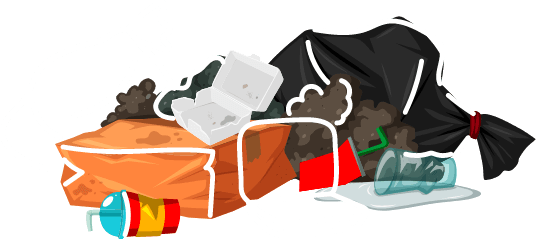

OUR WASTE CONTAINS THIS LITTLE PLASTIC!
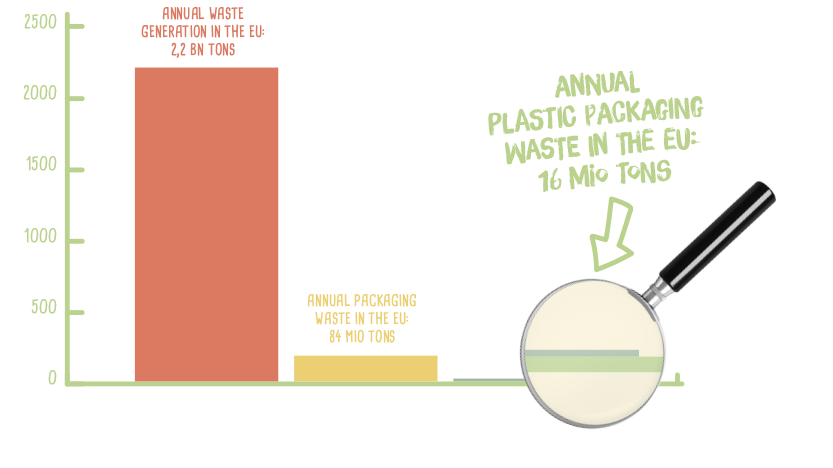
THIS IS HOW
MANUFACTURERS ENSURE THE
ENVIRONMENTALLY FRIENDLY
DISPOSAL OF
PACKAGING!
Every packaging manufacturer pays the EPR (extended producer responsibility) fee. This contribution finances the construction, maintenance and expansion of the disposal system for packaging. An example of such a system is the “Grüne Punkt” (green dot) that can be found on a lot of packaging. These disposal systems ensure the environmentally friendly and efficient recycling of the waste.
TARGET 2030 FOR THE
PACKAGING INDUSTRY:
DESIGN FOR RECYCLING!
DESIGN FOR WHAT?
As early as in the manufacturing process, it needs to be considered that the product has to be recycled at the end of its shelf life.
Packaging manufactures ensure this by close cooperation with their customers which are your favorite brands in the supermarket.
This is crucial as only recyclable packaging can (after correct disposal) be recycled again and again and again.
This way, packaging remains within the recycling cycle and protects the environment!
By 2030, all packaging that is manufactured in the EU has to be 100% reusable or recyclable. Through successful recycling, waste is given a second life.
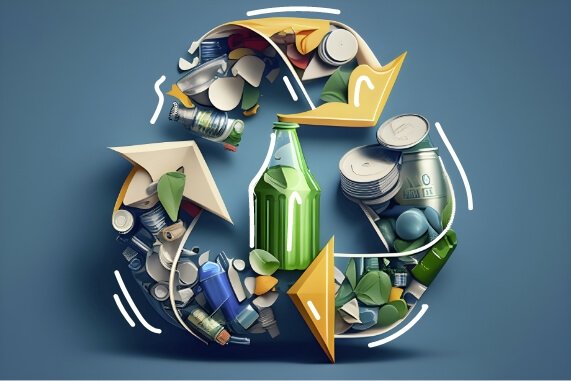
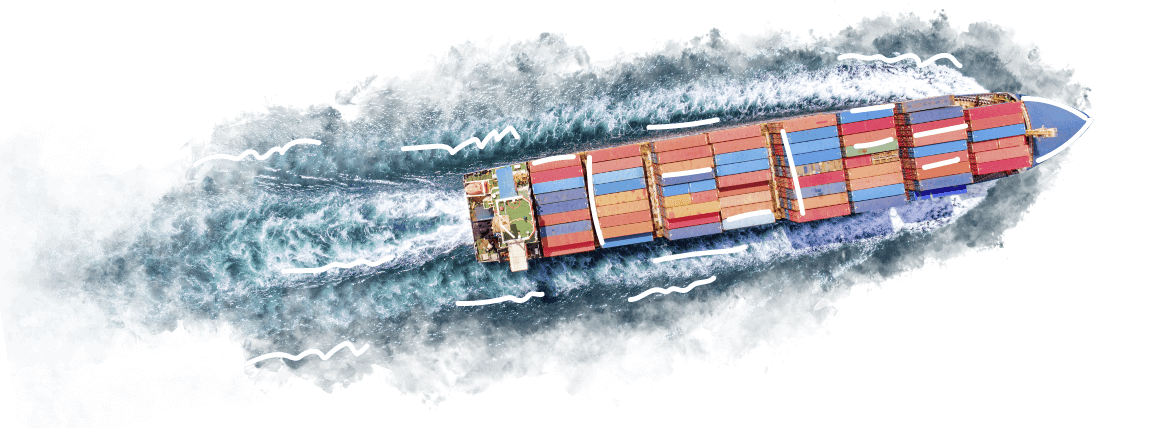
AVOID
WASTE EXPORT!
Every country is responsible for its own waste. Therefore, waste should be recycled where it is created. Export of waste is irresponsible and causes considerable problems in the destination countries. There, the waste is disposed of on illegal landfills, or incinerated in the middle of nature. The possibilities of recycling are simply not available
THE OCEAN
AND WASTE
More than half of the waste that ends up in the ocean comes from as few as five Asian countries. Because these countries don’t have sufficient waste disposal systems and waste is carried from the land into the rivers, eventually ending up in our oceans all over the world.
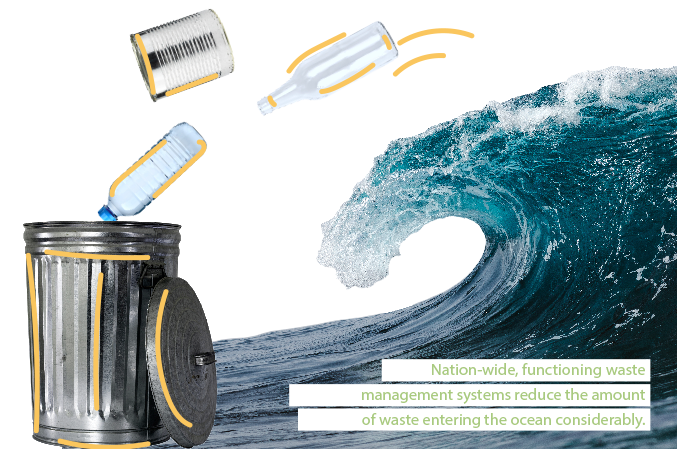

This feels like a million miles away, but is still a problem for all of us.
What can you do? Make use of our excellent waste system: Put your waste in the correct waste section!
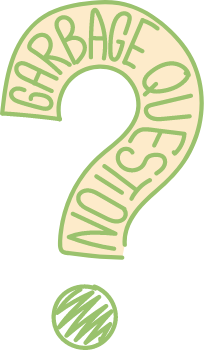
WHY IS THE
OCEAN FILLED WITH
SO MUCH PLASTIC?
Looks can be deceiving! Packaging made of plastic is light and therefore floats on the surface. This makes it particularly easily visible, even though it only makes up a small part of the total waste in the ocean. Other waste made of metal or glass that enters the ocean is heavier and sinks to the bottom of the sea. Unfortunately, it doesn't mean: out of sight, out of mind. Waste in the ocean is a problem – whether it floats at the surface or lies at the bottom of the ocean.
